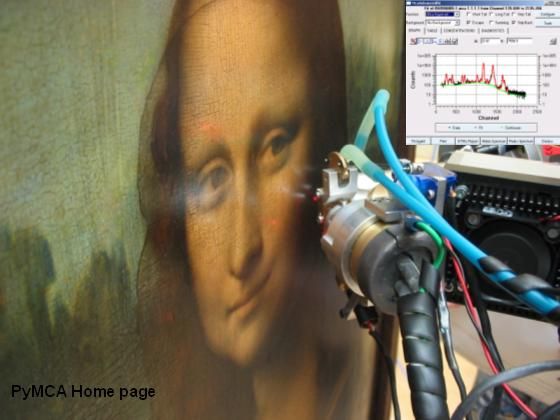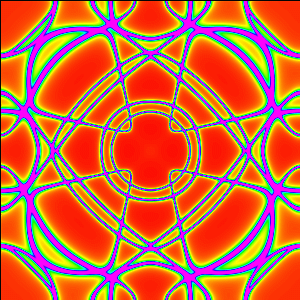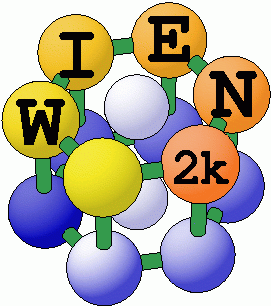Software

Crispy
Crispy is a modern graphical user interface to simulate core-level spectra using semi-empirical multiplet approaches.
FDMNES
The aim of the FDMNES project is to supply to the community a user friendly code to simulate x-ray spectroscopies, linked to the real absorption (XANES, XMCD) or resonant scattering (RXD) of the synchrotron radiation. This ab initio approach, wants to eliminate all the methodological parameters. First mainly mono-electronic, using the functionnal density theory (DFT), it includes now multi-electronics advances with the use of the time dependant DFT (TD-DFT) for a better taking into account of the excited states linked to the photon-matter interaction. It includes also the Hubbard correction (LDA+U) for a better description of the so called correlated materials.

FEFF9
Condensed matter code for modelling x-ray and electron spectroscopies and materials properties. FEFF is an automated program for ab initio multiple scattering calculations of X-ray Absorption Fine Structure (XAFS), X-ray Absorption Near-Edge Structure (XANES) and various other spectra for clusters of atoms. The code yields scattering amplitudes and phases used in many modern XAFS analysis codes, as well as various other properties. in FEFF9 there are several new spectroscopies which can be calculated with FEFF 9, including electron energy loss spectra (EELS) and non-resonant inelastic x-ray scattering (NRIXS). In addition, there are a variety of improvements. These include; (1) ab initio Debye-Waller factors; (2) improved treatment of inelastic losses; (3) an improved treatment of the core-hole interaction; and (4) more accurate treatment of crystalline systems with k-space calculation of the Green's function. FEFF9 comes with the JFEFF GUI.

PyMca
X-ray Fluorescence Toolkit (visualization and analysis of energy-dispersive X-ray fluorescence data). . The program allows both interactive and batch processing of large data sets and is particularly well suited for X-ray imaging. Its implementation of a complete description of the M shell is particularly helpful for analysis of data collected at low energies. It features, among many other things, the fundamental parameters method

SPR-KKR
The SPRKKR band structure package allows to calculate the electronic structure of arbitrary 3-D periodic systems, including systems with chemical disorder. The treatment of 2-D periodic systems (e.g. surfaces) can be done at the moment only by using an auxiliary system having three dimensional periodicity or by making use of the cluster approximation. The electronic structure calculation can be done in a non-relativistic, scalar-relativistic as well as fully relativistic mode. In the scalar-relativistic mode paramagnetic as well as spin-polarized systems can be treated, including non-collinear spin structures and arbitrary spin spirals. In the fully relativistic mode, paramagnetic as well as spin-polarized systems with an arbitrary spin configuration can be dealt with. On the basis of the electronic structure calculation, many different properties can be investigated with a strong emphasize on response functions and spectroscopic properties.

WIEN2k
The program package WIEN2k allows to perform electronic structure calculations of solids using density functional theory (DFT). It is based on the full-potential (linearized) augmented plane-wave ((L)APW) + local orbitals (lo) method, one among the most accurate schemes for band structure calculations. WIEN2k is an all-electron scheme including relativistic effects.
- ← Previous
- 1
- Next →

